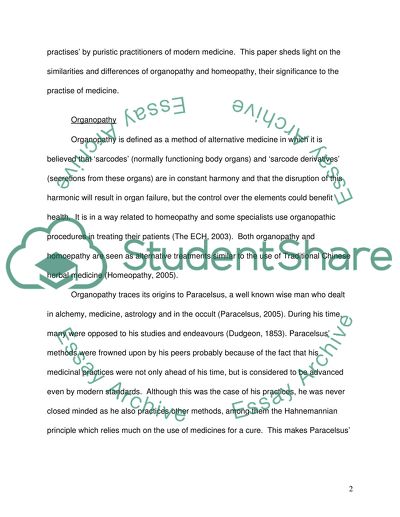Cite this document
(“Organopathy and its relation to Homeopathy Essay”, n.d.)
Retrieved from https://studentshare.org/health-sciences-medicine/1512629-organopathy-and-its-relation-to-homeopathy
Retrieved from https://studentshare.org/health-sciences-medicine/1512629-organopathy-and-its-relation-to-homeopathy
(Organopathy and Its Relation to Homeopathy Essay)
https://studentshare.org/health-sciences-medicine/1512629-organopathy-and-its-relation-to-homeopathy.
https://studentshare.org/health-sciences-medicine/1512629-organopathy-and-its-relation-to-homeopathy.
“Organopathy and Its Relation to Homeopathy Essay”, n.d. https://studentshare.org/health-sciences-medicine/1512629-organopathy-and-its-relation-to-homeopathy.


